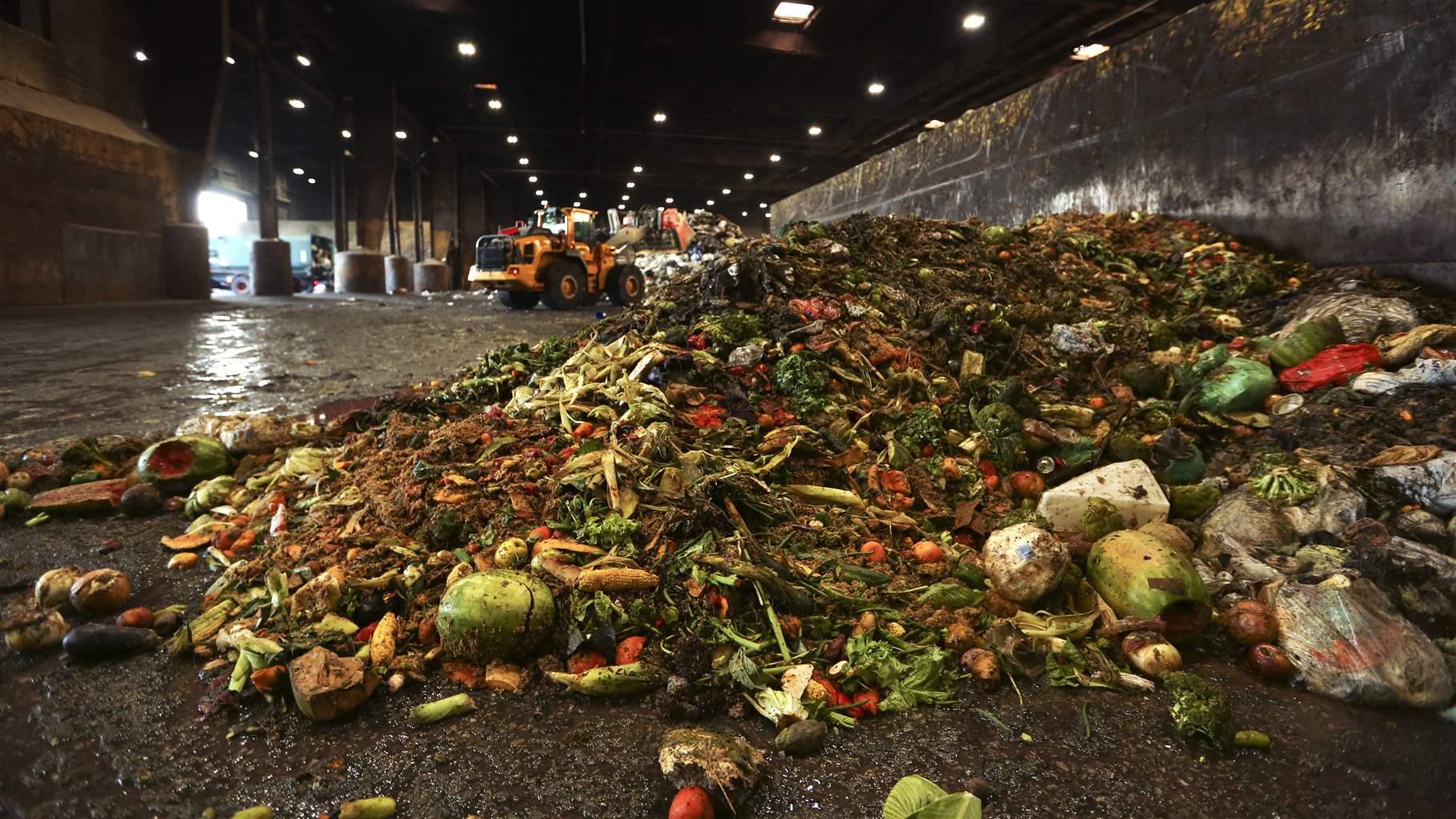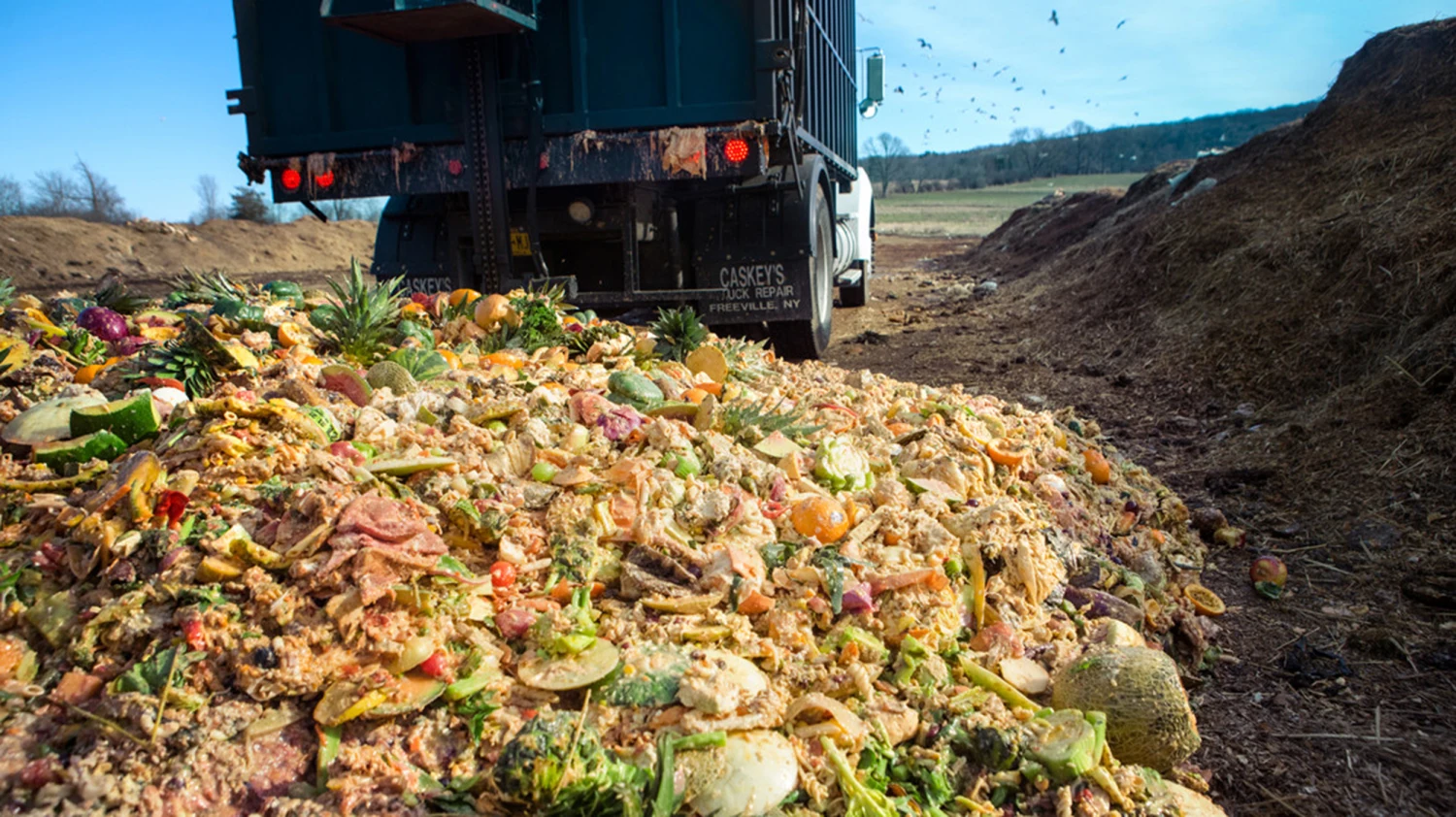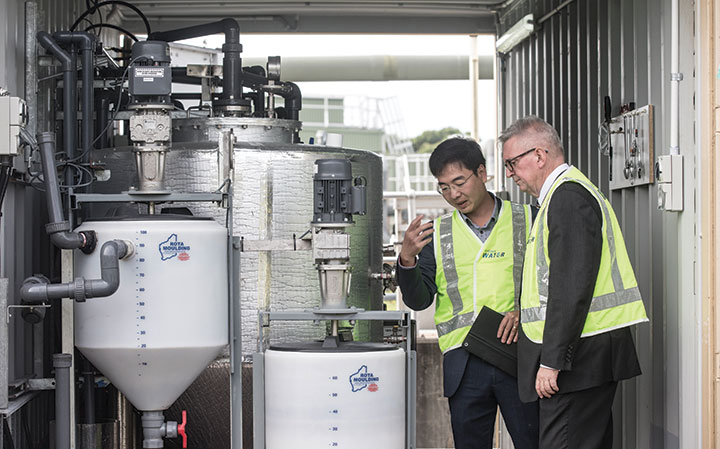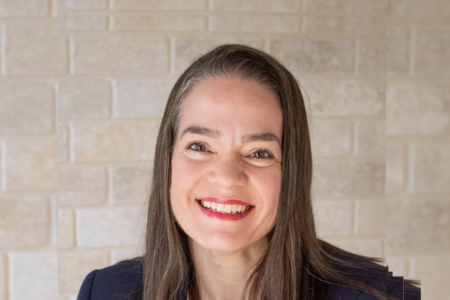
Introduction
Anaerobic digestion is an essential process for converting organic waste into energy, contributing to the development of sustainable and renewable energy sources. In the face of waste management challenges and the need to reduce greenhouse gas emissions, anaerobic digestion provides a viable solution.
Historical Background
Anaerobic digestion has a long history of use in wastewater treatment and agriculture, evolving over time with technological advancements and a better understanding of the process.
Key Concepts and Definitions
Anaerobic digestion is a process that converts organic waste into energy through several steps, including hydrolysis, acidogenesis, acetogenesis, and methanogenesis. The resulting biogas consists mainly of methane and carbon dioxide. Additionally, the byproduct of anaerobic digestion, called digestate, holds potential uses in various industries.

Main Discussion Points
Fundamentals of Anaerobic Digestion
The anaerobic digestion process consists of four main steps: hydrolysis, acidogenesis, acetogenesis, and methanogenesis. Each step contributes to breaking down complex organic compounds into simpler compounds, ultimately producing biogas. The efficiency of anaerobic digestion depends on factors such as temperature, pH, and feedstock composition. Different types of anaerobic digesters, including wet versus dry and mesophilic versus thermophilic, offer flexibility in selecting the most suitable system for specific applications.
Environmental and Economic Benefits
Anaerobic digestion offers significant environmental benefits, primarily by reducing greenhouse gas emissions through methane capture. By capturing and utilizing methane, an extremely potent greenhouse gas, anaerobic digestion helps mitigate climate change. Additionally, biogas produced through anaerobic digestion can be used as a renewable energy source for electricity generation, heating, and transportation. Anaerobic digestion also diverts organic waste from landfills, reducing environmental pollution and associated risks. Furthermore, the economic viability of anaerobic digestion systems is evident through potential revenue streams generated from energy production and waste management.
Applications of Anaerobic Digestion
Anaerobic digestion finds applications in various sectors, including wastewater treatment plants, agriculture, municipal solid waste management, and industrial organic waste treatment. In wastewater treatment plants, anaerobic digestion can efficiently treat sludge, producing biogas while reducing waste volume. In the agricultural sector, anaerobic digestion offers a sustainable solution for managing manure and crop waste, reducing odor and environmental pollution. Anaerobic digestion also shows potential in municipal solid waste management, enabling the diversion of organic waste from landfills. Furthermore, industries can benefit from anaerobic digestion by utilizing it for organic waste treatment and energy production, leading to resource conservation and cost reduction.

Case Studies or Examples
A wastewater treatment plant in [specific location] successfully implemented anaerobic digestion, achieving significant energy savings and reducing greenhouse gas emissions. The plant effectively converted sludge into biogas, which was utilized to meet a portion of the plant’s energy requirements.
In the agricultural sector, an anaerobic digestion project in [specific location] reduced greenhouse gas emissions from manure management. The project not only addressed environmental concerns but also produced biogas, which was used for on-site energy production, benefiting the surrounding community.
A large-scale anaerobic digestion facility in [specific location] efficiently managed organic waste from multiple sources, including households, supermarkets, and restaurants. The facility produced biogas for electricity generation and nutrient-rich digestate for agricultural use, showcasing the potential of anaerobic digestion in waste management and energy production.
Current Trends or Developments
Technological advancements in anaerobic digestion systems have improved efficiency and cost-effectiveness. Integrating anaerobic digestion with other renewable energy technologies, such as solar and wind, offers a more comprehensive and sustainable energy solution. Ongoing research focuses on optimizing anaerobic digestion processes, enhancing system efficiency, and exploring new feedstocks for improved performance. Government policies and incentives also play a crucial role in promoting anaerobic digestion as a renewable energy source, encouraging its widespread adoption.

Challenges or Controversies
Feedstock availability and quality pose challenges to anaerobic digestion systems. Ensuring a consistent supply of suitable organic waste is essential for optimal performance. Additionally, controversies surrounding anaerobic digestion for energy production include concerns about odor and public perception. Addressing these concerns through proper system design, odor control measures, and community engagement is crucial. Regulatory challenges and barriers also hinder the widespread adoption of anaerobic digestion, requiring appropriate policies and incentives to overcome these obstacles.
Future Outlook
The future of anaerobic digestion is promising, with potential for scaling up systems and increasing their applications in various sectors. Integrating anaerobic digestion with other waste management and renewable energy strategies can create a more sustainable and circular economy. Anaerobic digestion will play a pivotal role in achieving sustainability goals, reducing greenhouse gas emissions, and addressing waste management and energy challenges.
Conclusion
Anaerobic digestion provides a sustainable solution for converting organic waste into energy, while reducing greenhouse gas emissions and waste volume. Its environmental and economic benefits, coupled with its versatile applications, highlight its significance in waste management and renewable energy production. With ongoing technological advancements and supportive policies, anaerobic digestion is poised to contribute significantly to a greener and more sustainable future.




